
Deep teeth cleaning is different from regular in-office dental cleanings. Routine dental cleanings tend to remove calcifications from the teeth surfaces above the gum line whereas deep cleanings aim at disinfecting the regions below the gum line. Deep dental cleanings are pivotal at times when a person has to clean hard-to-reach spots like pockets and others that exist between the teeth and gums.
Deep teeth cleanings are meant to cure gum diseases. It involves 2 stages namely – periodontal scaling and root planing.
You don’t need to be frightened regarding this therapy despite it seems a surgical approach. Keep reading to know its role in protecting your gum tissues.
Why are deep dental cleanings very important?
Typically, there is a small space of 3 millimeters between the teeth and gums. It is called periodontal pocket. When your gums are infected, the space gets enlarged and deepened, making the food debris, bacteria, and other tiny particles trapped underneath the gum line. It leads to plaque & tartar build-up that accelerates the bacterial invasion on gums, and eventually ends in “Gingivitis”.
The deep teeth cleanings are prescribed for gum disease patients to prevent the infection advances to a critical stage (Periodontitis).
Keep in mind that gum diseases are preventable only if you disinfect the gum pockets in the initial stage of infection or when you notice the following abnormalities in your gums:
- Bleeding in gums
- Gum inflammation
- Difficulty in chewing
- Pus around the gums
- Bruising around the gums
What are the procedures involved in dental deep cleaning?
The deep teeth cleaning treatments begin with assessing a patient’s medical history to detect whether the gum disease occurs as a side effect or any existing disorders. This is followed by taking an x-ray to identify the area to be treated.
Now, the treatment involves 2 stages:
- Teeth Scaling – In this stage, the periodontists equip a special tool to measure the depth of periodontal pockets. Depending upon the size of the pockets, the dental doctor can identify the severity of infection (or the stage of gum disease). Now the bacterial deposits, tartar build-up are cleansed with a scraping tool. If the calcifications are stubborn and cannot be removed with manual scraping, an ultrasonic scraping device is utilized.
- Root Planning – The root planning begins once the pockets between the teeth and gums down to the roots are cleaned. It involves polishing and smoothening the teeth surfaces using gritty toothpaste. This helps the teeth get reattached to the gums thereby reducing the size of gum pockets.
Is there any pain during or after deep teeth cleaning?
As the cleaning process is performed after injecting anesthesia to the gum tissues, you will not feel any pain during the treatment.
On the other hand, you would encounter some discomforts like toothache, teeth sensitivity for a few days. The degree of pain varies with the depth of pockets you had. It means people with deep pockets will have more pain. Don’t worry. You can combat them with the prescribed medications so that the pain will subside in the coming days.
Bottom line
Usually, the deep cleanings require 2 dental visits. People with advanced gum infections need more than 2 dental visits. You should maintain an effective oral hygiene regimen during and after the treatment. However, you should wait for at least 1 week to floss after the treatment because rubbing the flossing wire against your gums will agitate the oral tissues. Likewise, regular dental check-ups are also mandatory to ensure the healing process.
Also remember that you have to get regular dental cleaning at an interval of 3 months instead of 6 months after the initial deep teeth cleaning.

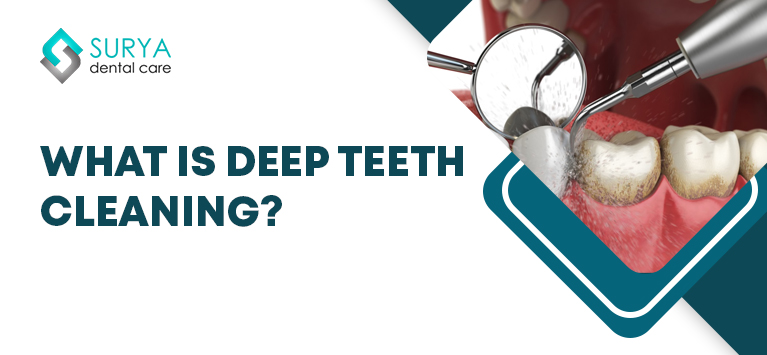




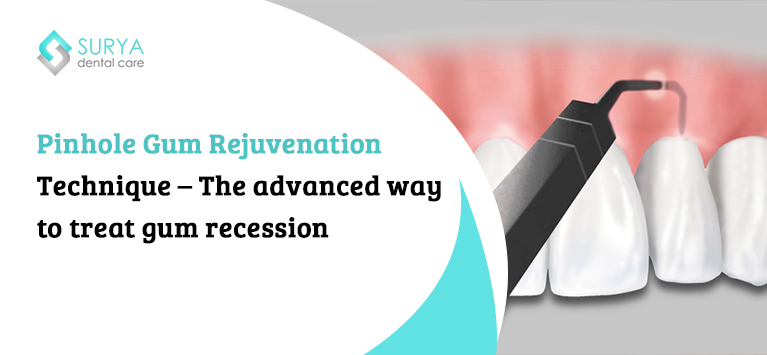
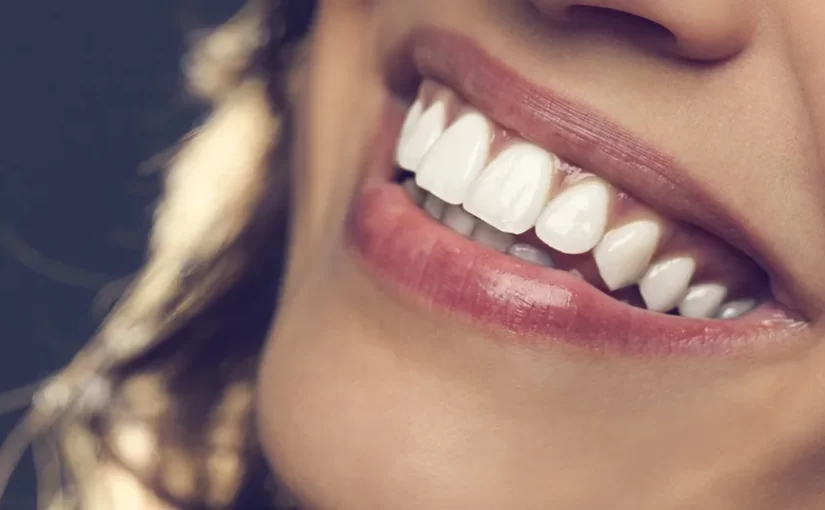
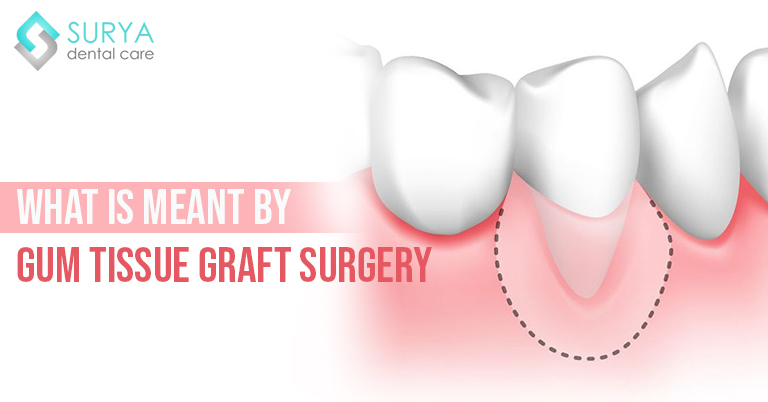
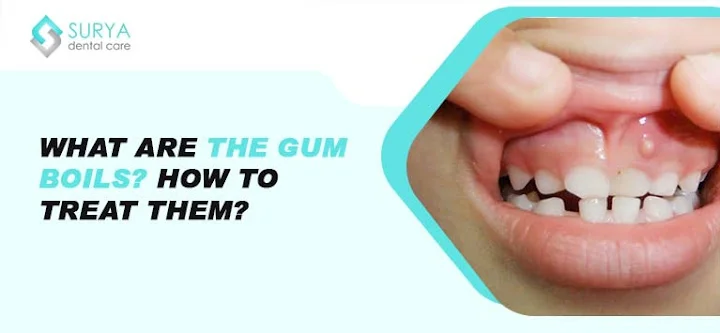
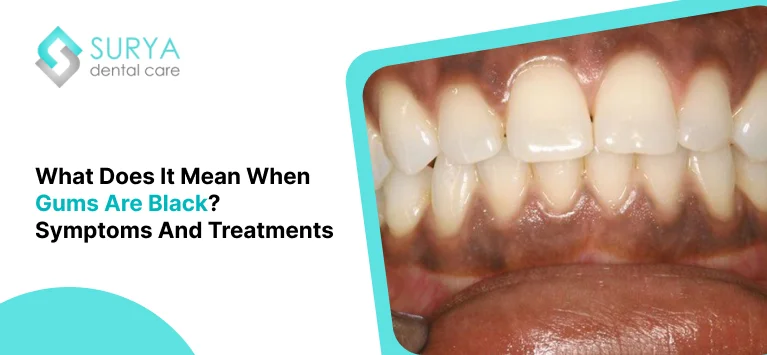
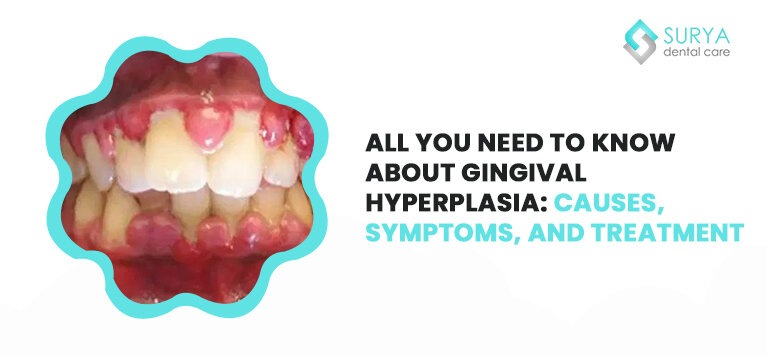

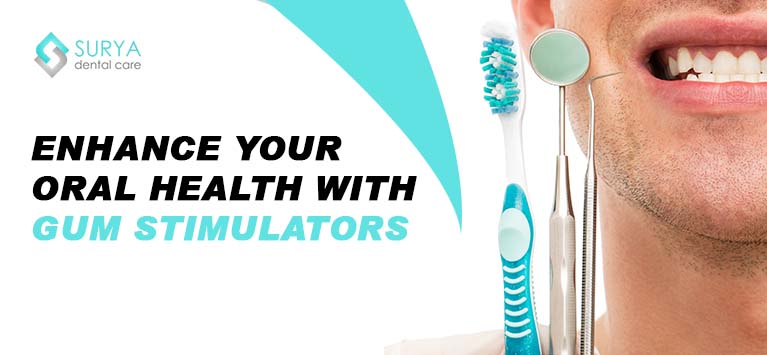
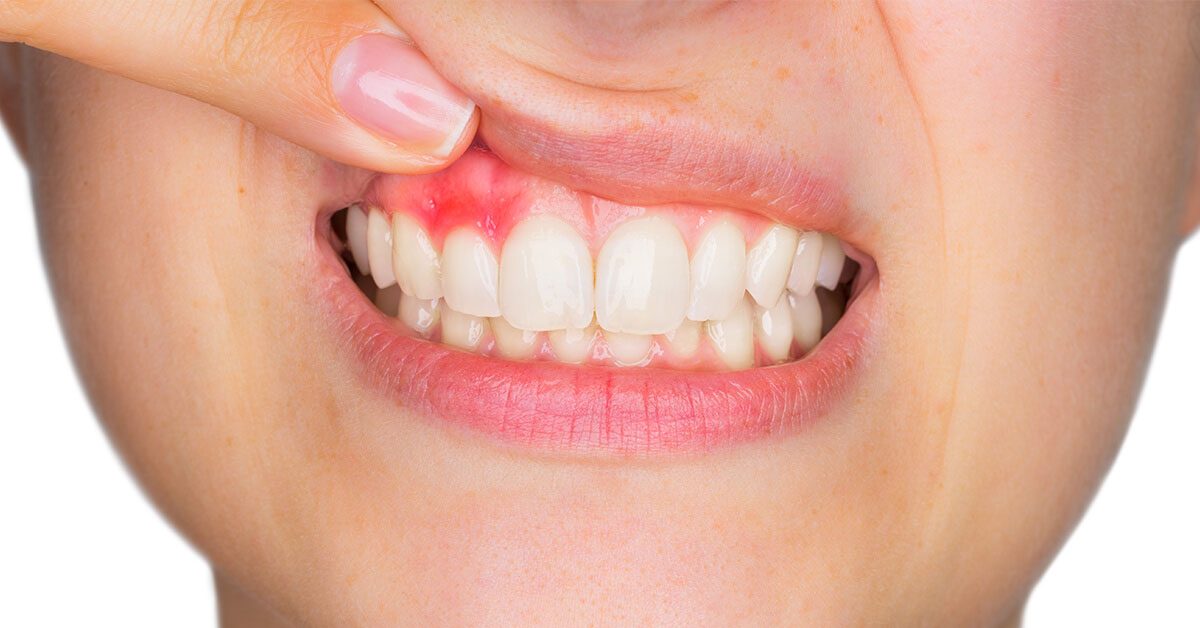


Leave a Comment